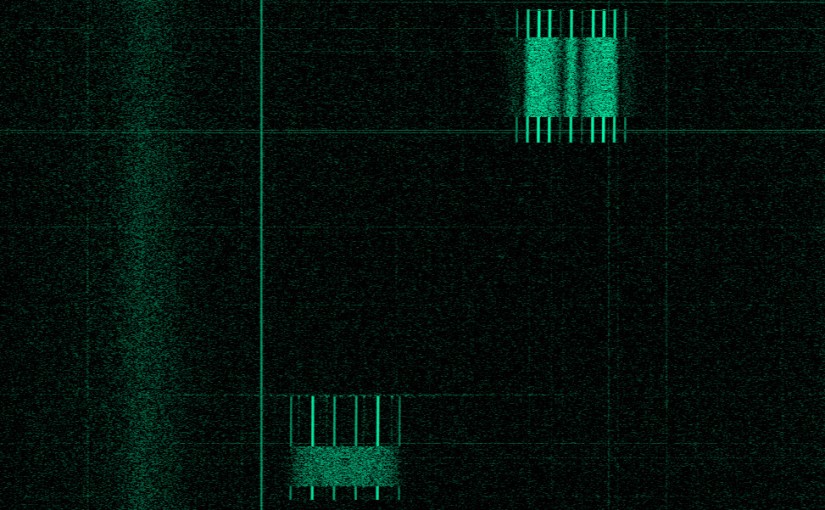This weekend, being the first weekend in March, marks the start of the Spanish V-UHF contest season for this year. In previous years, I’ve been operating casually in some of these contests as a portable station. Sometimes I’ve worked on the countryside just outside my town, Tres Cantos, and on other occasions I’ve being enjoying the contest from a summit while doing a SOTA activation. My plan for this year is to participate in all (or almost all) of the contests and try to work from a summit as many times as I can. I pretend to work QRP (5 Watts) always and enter the 6-hour category, which allows working for a maximum of 6 consecutive hours.
Today, I’ve worked in the Concurso Combinado V-UHF. The weather forecast was too windy and cold to stay for several hours on a summit, so I decided to work from the countryside near town. I’ve worked this morning from 09:00UTC to 12:00UTC more or less. The equipment was, as usual, an FT-817ND and an Arrow satellite yagi antenna (3 elements on 144MHz and 7 elements on 432MHz). See below for a map of the stations worked. My position is marked in red, the stations worked in 144MHz only are marked in blue and the stations worked in both 144MHz and 432MHz are marked in green.

